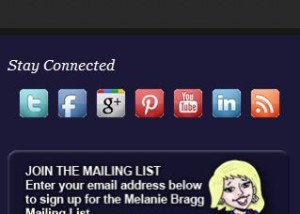Reach a World-Wide Audience with Podcasting
If you are thinking about adding new tools to your marketing strategy, consider podcasting. Here’s why:
It’s fast. You can record audio from practically anywhere and then publish it to share with subscribers with just a few clicks of the mouse.
It’s cheap. You don’t need any expensive equipment to get started. If you have a microphone and an Internet connection, you can start podcasting.
It’s convenient. People who sign-up to automatically receive your new podcast episodes can listen to the podcasts on any computer or portable media player. Because of the method of delivery, subscribers to a podcast don’t have to listen to the episode when it was broadcasted live. Instead, they can listen to the new episode whenever it is convenient. In addition, subscribing is free.
It has unlimited reach. Podcasting makes it possible to reach everyone who wants to hear what you have to say. It gives you the power to distribute your message to a worldwide audience.
You can make money directly. Besides the notoriety and customer loyalty you can get from Podcasting, if you get enough listenership, you can sell ads and or get sponsorships for your Podcast.
What will you talk about in your podcast?
Now that you know why podcasting is good for your business, you may be wondering what topics to feature in your podcasts. Here are a few ideas to get you started:
1. Do a demo on how to use one of your products.
2. Announce upcoming classes or new services.
3. Invite customers to call in testimonials and include them in your podcast.
4. Interview an expert on a topic related to your business or industry.
5. Present some tips from your e-zine.
Here’s how to produce your first podcast.
1. Create your audio or video content. The content can be anything you like, including audio books, music, radio type shows, interviews and demonstrations.
2. Record your content. IMTC recommends Sony SoundForge on the PC and GarageBand on the Mac.
3. Save your recording. Save the completed recording at maximum quality in the native high quality format of your application. Then, if you need to edit it or reuse it, you'll have the original high-quality version.
4. Convert the file to MP3 format. Once you have your content, convert it to a MP3 format. If you use anything other than MP3, some users may not be able to use your podcast. (Keep in mind that you can vary the quality of an MP3 file. The higher the quality, the higher the file size)
As with any business presentation, include a specific call to action in your podcasts. The call to action may be to register for a seminar, webinar, download a report, request more product information, order a product or visit your website.
How can mastering the art of podcasting help your business?








